Do I have hemorrhoids? What are hemorrhoids, their causes, symptoms and treatment
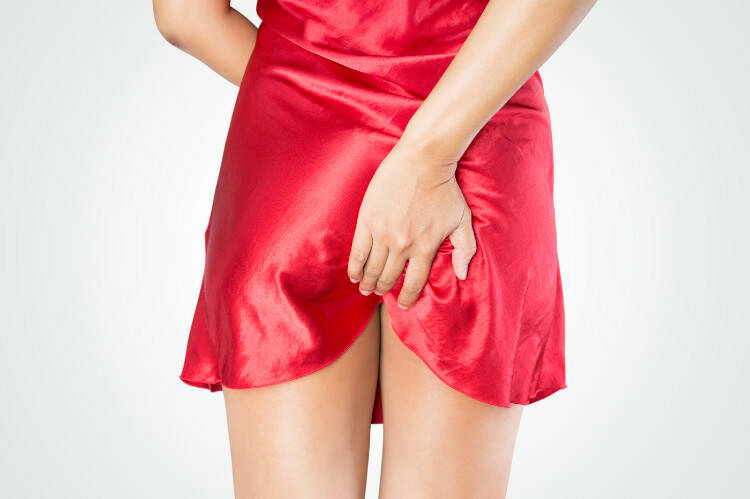
They are small and inconspicuous, but they can still cause problems for the wearer. We are talking about haemorrhoids, dilated veins in the rectum and anus - also popularly known as the 'golden vein'.
Article content
The clinical picture of the disease is varied. In some it may not manifest itself outwardly, in others, on the contrary, with severe pain and bleeding.
The course and prognosis are favourable in most cases, but serious complications are also encountered.
The most common reason for not seeking help is shyness due to their too intimate location.
What are haemorrhoids and why do they occur? How do you know you are likely to have them?
What are hemorrhoids?
The term haemorrhoids (from Latin nodus haemorrhoidalis, from Greek haemorides flebes - bleeding veins) refers to diseases of the venous supply in the rectum and anus.
It is a weakening of the vascular wall due to various causes, its bulging, bleeding from the affected vessel and downward drop (prolapse).
The rectum and anus and their blood supply
The rectum is essentially the terminal part of the colon. It is about 10 to 12 cm long and consists of the rectal mucosa folded into transverse cilia. These pass into its next part, the ampulla recti.
In this part is the upper haemorrhoidal plexus (vascular complex), a tangle of blood vessels formed by the rectal vessels - venae rectales superiores et inferiores.
The mucous membrane of this area has low innervation and is not sensitive to pain. The terminal part of the rectum is formed by three sphincters, the last two of which are located in the external orifice of the anal canal.
They form the transition from the recto to the anus.
The rectum ends in the anus, whose mucous membrane and skin cover is richly supplied with nerves. Therefore, external hemorrhoids tend to be more painful and also have blood vessels. The complex of these vessels is called the inferior hemorrhoidal plexus and is formed by the anal vessels venae analis.
The pathophysiology of hemorrhoids - how they arise
The formation of haemorrhoids is conditioned by a disorder of the hanging apparatus of the blood vessels, which also normally performs the function of sealing the anal sphincter and ensuring its continuity.
The blood vessels become engorged and their wall weakens. They begin to bulge and drop. The drop can reach the stage where they form an obstruction in the anus and become permanent.
This condition is accompanied by pain. A protruding haemorrhoid interferes with the patient's normal comfort and restricts him in many daily activities.
Classification of haemorrhoids
Internal hemorrhoids (also called upper hemorrhoids) are localized in the area of the transition of the rectal ampulla to the anus above the line of the denta anus. They are not visible to the naked eye.
They are detected on the basis of the history with subsequent rectoscopic examination, but also on a random rectoscopic examination. The veins of the venae rectalis superiores et inferiores are affected.
External haemorrhoids (also called lower haemorrhoids) are located in the area of the anus.
They are visible to the naked eye around the anal opening as bluish elastic nodules. The veins of the vena analis are affected.
Stages of haemorrhoids
Haemorrhoids are divided into four basic stages on the basis of their external manifestations, which are interrelated. The clinical picture intensifies as the vein outlet becomes larger, indicating progression of the disease and the transition from a lower to a higher stage.
Stage 1 - In this stage, there is only a slight bulging - protrusion of the vein due to pressure or weakening of the vessel wall.
The course tends to be asymptomatic, or with mild, subtle manifestations. It manifests itself with occasional itching of the anus or mild tension (feeling of pressure/tightness). The venous bulge may leak blood slightly.
For this reason, a small amount of blood sporadically appears on toilet paper.
Stage 2 - There is a more pronounced bulging of the vein and also the previous symptoms become more regular.
Itching and pressure is more intense and bleeding is more profuse. Sporadically, the vessel prolapses (sags) and appears in the rectum with spontaneous return. This usually happens with constipation and heavy pressure on the stool.
Defecation (emptying) is accompanied by pain.
Stage 3 - It is conspicuous and bothersome to the patient. The bulging vein is painful, bleeds regularly, and there is more blood on the toilet paper than before. Itching greatly interferes with comfort and becomes very frequent.
Defecation is painful and after it is over the patient still has a feeling of inadequate emptying. The prolapsed vessel recurs, but it does not spontaneously return as before. It has to be pressed mechanically - with a finger. Mechanical pressure is not always successful.
Stage 4 - There is a very thin line between stage 3 and stage 4. It is manifested by a large, slightly palpable vascular bulge, heavy regular bleeding of greater intensity, itching, a feeling of pressure and a foreign body in the rectum. The pain is intense, the prolapsed vessel can no longer be mechanically pushed and is permanent.
Presumed causes of haemorrhoids
There is no exact cause of haemorrhoids. We only know the presumed causes based on years of observation and examination of patients. In most cases it is a combination of several undesirable factors at the same time.
Therefore, we can say that a multifactorial aetiology (cause) is involved in the development of haemorrhoids.
Why are they most likely to occur?
- Genetics - Genetic predisposition is thought to be involved in 10% of haemorrhoids.
- Age - With increasing age, the walls of the blood vessels weaken throughout, as do the rectal and anal venous plexus. This multiplies the displacement of the blood vessel.
- Pregnancy - As the fetus grows, pressure increases throughout the abdominal cavity. Pregnancy not only affects the development of hemorrhoids, but also other complications such as constipation, frequent urination, heartburn or vomiting.
- Hard stools or frequent constipation - Causes both mechanical irritation of the rectum and, in some cases, small tears on the rectum. The formation of hemorrhoids also multiplies the pressure on the stool, which we have to exert more strenuously during obstipation.
- Frequent diarrhea - Causes repeated irritation of the rectum to form hemorrhoids.
- Congenital weakening of the vascular wall, acquired - Morbid weakening of the vascular wall.
- Inflammation, infection and cold - Cause weakening of the vascular wall by inflammatory process and subsequent formation of hemorrhoids.
- Mechanical irritation of the rectum - Apart from hard stools, anal sex may be a particular cause.
- Sedentary occupation/lack of exercise - Causes increased blood flow and pooling of blood in the critical area of the rectum, resulting in the formation of hemorrhoids.
- Psychological factors (tension, stress, pain...)
What to avoid?
- sedentary lifestyle
- Lack of exercise (overexertion is also inappropriate)
- irregular and violent defecation
- poor hygiene habits
- infection (related to hygiene habits)
- cold - poor or inadequate clothing
- unhealthy lifestyle - poor diet
- alcohol, sugary drinks
- anal sex and other mechanical irritation of the anus
- stress and other psychological stressors
- injuries to the rectum and anus
Do I have hemorrhoids? What are the clinical manifestations?
The manifestations of the disease, their intensity and frequency depend on the stage at which the disease is located. In some cases, especially in the beginning, hemorrhoids may not manifest at all.
Symptoms may be subtle and sporadic. The patient may not even notice them or may not take them seriously. This results in the development of the disease. In later stages, when treatment is more difficult, the symptoms are fully outwardly manifested, unpleasant, bothersome and, above all, painful.
Asymptomatic course of the disease
As with many other diseases, the onset of haemorrhoids may not be apparent at all.
The protrusion of the vascular wall is a tiny nodule that can be palpated in the rectum or anus. The small nodule does not cause pressure or pain.
Mild course of the disease - symptoms
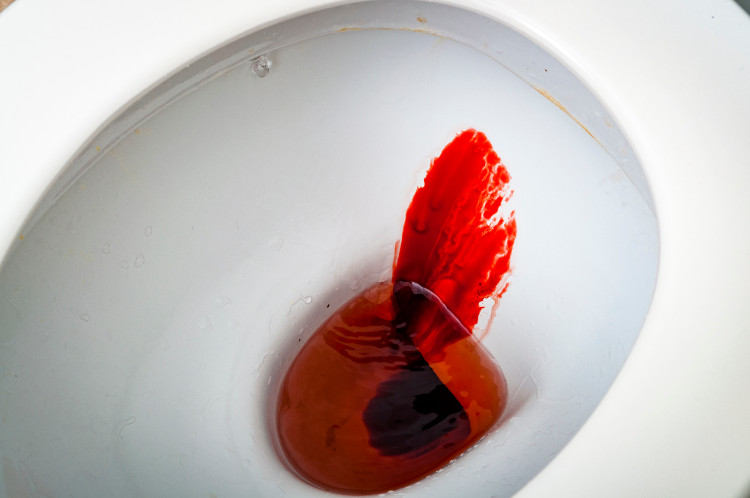
- The most common symptom of haemorrhoids is bleeding. It is one of the first manifestations of the disease. It appears even before the onset of pain.
It can be seen during constipation or harder stools, during which we exert more pressure to defecate. Traces of blood can be seen even after cleaning the buttocks on toilet paper or in large quantities in the toilet bowl.
The blood is bright red, sometimes it is just bloody mucoid contents.
- In addition to bleeding, pressure on the stool can also cause a drop (prolapse) of the hemorrhoid that enters the anus. There it is visible to the naked eye, in some cases sensitive and painful to the touch.
However, this is not the rule. It is coloured blue to blue-purple because of the pooling of blood. After defecation, the patient still feels as if he has not defecated sufficiently.
- A haemorrhoidal nodule causes itching in the anus area regardless of good hygiene habits, feeling a slight tension or pressure.
Large hemorrhoids already attack the patient with pain of varying intensity from mild to very severe pain.
Complicated course of the disease
- Haemorrhoids tend to be complicated by heavy bleeding. If the bleeding is very frequent, it progresses to a chronic condition. Chronic blood loss causes hyposideremic anaemia due to a lack of erythrocytes (red blood cells) and haemoglobin (red blood pigment).
Anemia causes general weakness, malaise, increased fatigue, drowsiness, pallor, dizziness, and frequent shortness of breath after the slightest physical activity.
- With persistent prolapse of the haemorrhoid, thrombosis (formation of blood clots) often occurs. The haemorrhoid is shaped, sized and often coloured like a cherry with local swelling and oedema in the anus.
Patients with haemorrhoidal plexus thrombosis suffer from twinging pain. The intensity of this pain prevents normal activities such as sitting and defecating. It also complicates the rectal examination of the patient, which is performed with anaesthesia (numbness).
- One of the painful complications is an infection causing inflammation, which clinically resembles thrombosis at some points.
The anal opening is swollen, inflamed, swollen and very painful. The inflamed vein is painful and sagging. It often bleeds.
Inflammation is accompanied by high temperatures above 38 °C. The most common cause of inflammation is the site where the haemorrhoid is located. It should be remembered that the intestinal mucosa is full of bacteria, which most often cause it.
When do we need to think about hemorrhoids?

- If you have found traces of bright red blood or bloody mucus on your toilet paper (especially repeatedly)
- If you find traces of bright red blood in the toilet bowl after defecation
- If we feel itching in the anal area (itching alone can be a symptom of poor hygiene, inflammation, sexually transmitted disease, genital herpes, so at least one other symptom must be present along with the itching to think of or suspect a diagnosis of hemorrhoids)
- If you feel a foreign body in your rectum
- If you feel tightness or pressure in the rectum
- If you feel the urge to have a bowel movement even though you have just done it
- If you have pain when defecating (emptying)
- If you have pain in the rectal area outside of defecation
- If you feel a small, elastic nodule in your rectal area that is bluish to purple in colour
Treatment options for haemorrhoids
Uncomplicated hemorrhoids and early stages can be treated conservatively or instrumentally.
Instrumental treatment is actually a small surgical or other procedure without the need for anaesthesia.
For later stages and secondary complications, a more radical solution, namely surgery, comes into play. The different treatment options are usually done in a combined way as well.
Conservative treatment
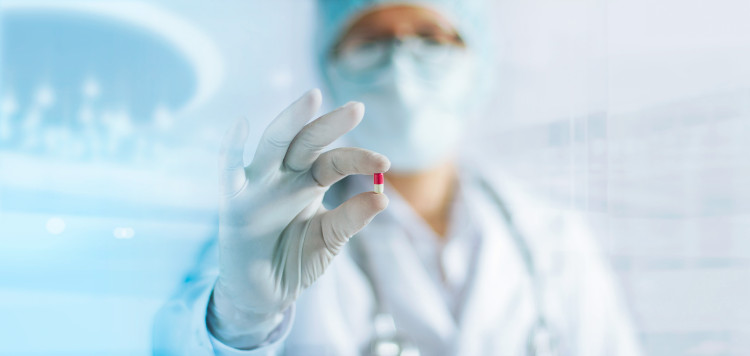
Since one of the probable causes of hemorrhoids is constipation and hard stools, it is the regulation of the stool that is essential. The aim is to soften it. Dehydration is often the cause, which is why drinking is of great importance.
Dietary modification is also necessary. The diet should be rich in fibre, fruit and vegetables. In worse cases, laxatives are needed. Patients with haemorrhoids should completely avoid alcohol.
Intimate hygiene also plays an important role. Patients with haemorrhoids should wash their buttocks thoroughly with soap and water regularly after each defecation. In the case of existing haemorrhoids, cleanliness can prevent infection.
Water baths are recommended for bad haemorrhoids for at least 20-30 minutes a day. They are based on the direct action of natural, herbal substances from a decoction of various herbs. Oak bark has been shown to have the best healing effects in the treatment of haemorrhoids.
Chamomile or a decoction of burdock or mouse tail has an equally beneficial effect. Other herbs with anti-inflammatory and anti-bleeding effects than those already mentioned are also suitable.
Sitting baths, as well as general baths, should be taken exclusively with lukewarm water. The rectal area should even be washed with cold water. The cold has a constricting effect on the blood vessels. This is also true for haemorrhoids.
A hot bath, whether sedentary or total, worsens the condition of the haemorrhoids. It makes them bulge more and promotes infection. It aggravates inflammation that has already occurred.
There are many ointments and suppositories made from medicinal herbs available in the pharmacy, which are good for rubbing on the anus. Alternatively, they can be applied rectally if they are in suppository form. These ointments and medicines have anti-inflammatory, anti-bleeding, anti-itching and astringent effects.
For severe pain, you can also buy products with analgesic, anaesthetic, astringent and anti-inflammatory properties. Venotonics (to strengthen the vascular wall and improve the elasticity of blood vessels) or bioflavonoids (to regenerate blood vessels, anti-inflammatory) are suitable.
During the treatment of hemorrhoids, we should avoid sedentary lifestyle as much as possible. In case you have a sedentary job, you should get a special pad - a seat cushion under your butt.
Seat pads for hemorrhoid patients are anatomically shaped with an opening in the anus area. The opening serves to reduce the pressure in the affected area, thus relieving pain and increasing the patient's comfort.
Regimen measures focusing on regular exercise are of great importance. Some simple exercises or at least trying to take increased exercise at work whenever possible has a greater impact on the course of the disease than you would think.
If you have a sedentary job, then try to stand, walk or at least do a few squats at regular intervals.
Instrumental treatment
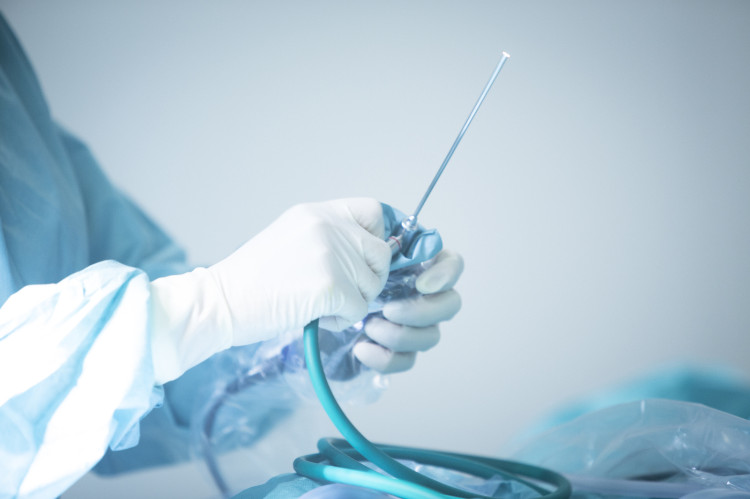
A well-known device is called the Hemoron, which produces infrared light in increased concentration. The light is applied repeatedly over several sessions to the base of the haemorrhoid at the site of the vascular supply, achieving infrared coagulation.
Similar effects can be achieved with a laser beam device. This is laser coagulation. Electrocoagulation is produced with an electrocoagulation device.
Among the instrumental procedures without the need for general analgesia, we include the Barron ligature. A special applicator endoscope (in this case an anoscope) is used to draw the haemorrhoid into the device. A rubber band is applied to the pedicle of the haemorrhoid to pinch it in the pedicle area.
The vessel thus pinched is not nourished, dies and is removed together with the rubber band.
A good way of removing even several hemorrhoids at once, as opposed to Barron's ligature, is the targeted ligation of the hemorrhoid pedicle to prevent blood supply and subsequent necrosis.
The procedure is also performed without general anaesthesia, using a special anoscope and simultaneous ultrasonographic search for haemorrhoids.
The use of vein freezing with liquid nitrogen (so-called cryotherapy) is currently a widely used method. However, the previous options are more widely used in the treatment of haemorrhoids and cryotherapy has recently been abandoned.
Surgical treatment
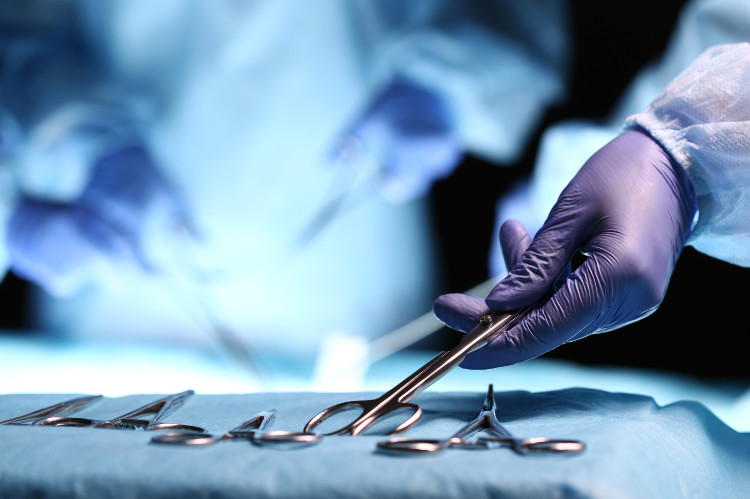
Surgical treatment consists of the surgical removal of hemorrhoids.
However, it is only indicated for severe haemorrhoids with a large volume, permanent irreversible (mechanically irreversible) anal prolapse, severe pain and severe bleeding.
The size of the haemorrhoid and its prolapse creates skin folds in the anal area.
The surgical solution is not complicated, but the healing time tends to be about 1 month to 1.5 months. The reason for the longer healing time is precisely the location of the surgical wound, which can be secondarily infected with bacteria.










